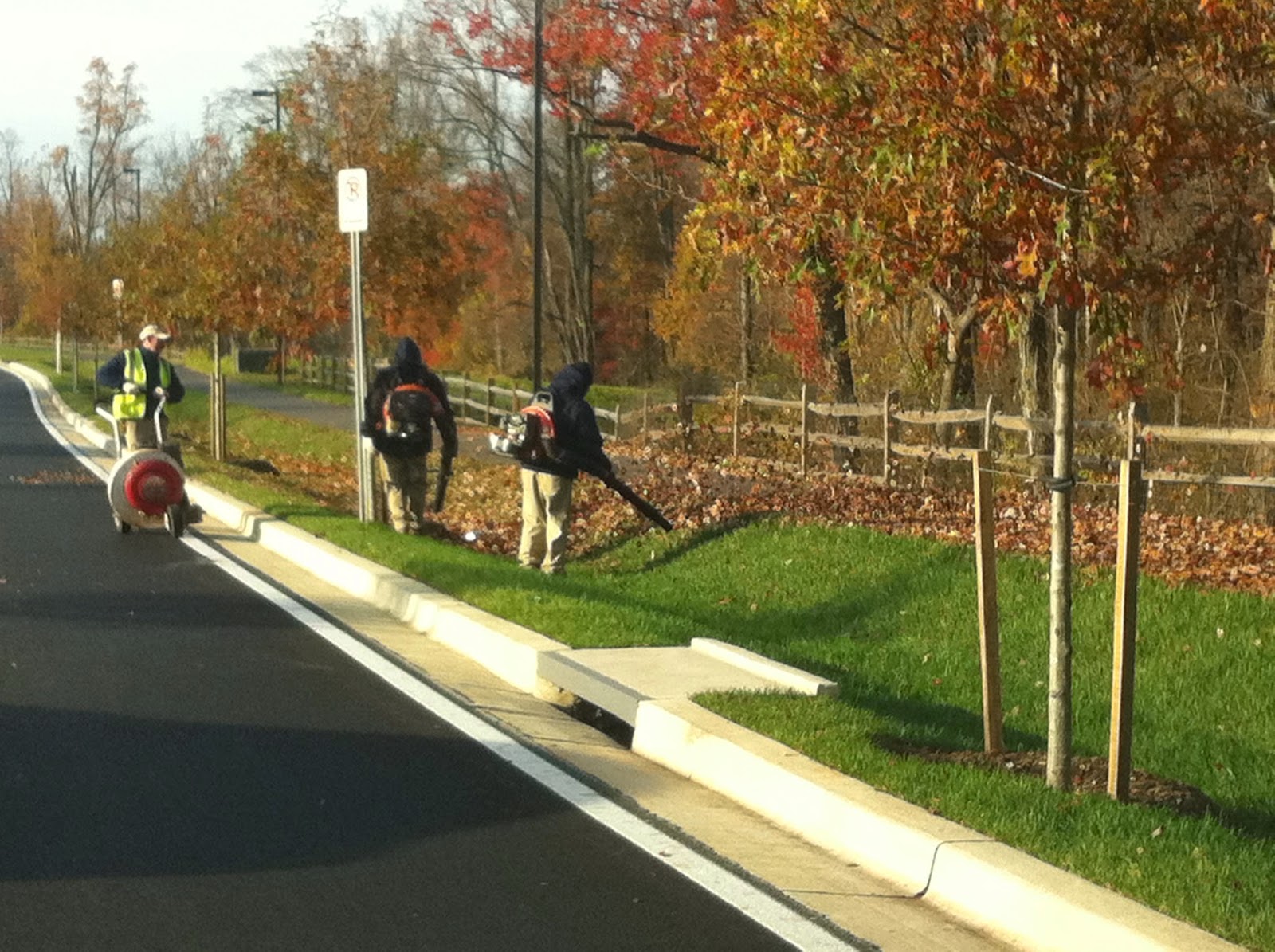There are four immediate causes of air pollution in the
cities:
2. Vehicular emissions
3. Dust
4. Litter/garbage
Industrial emissions are the result of manufacturing industries such as cement and brick factories. At the moment, industrial emissions are important but not the major air pollutants in Nepal--thanks to the poor state of industrialization.
Vehicular emissions are the number one source of air pollution in Kathmandu and Nepal in general. Blame the old and poorly maintained vehicles coupled with poor and congested roads, bad traffic, and poor fuel quality. On top of this, lack of effective emission control creates a perfect environment for the diesel and petrol guzzlers to exhaust the fumes that’s no good to the people and the environment.
Dust is probably the second biggest air pollutant in Nepal. The unique mixture of vehicular emissions and dust is the reason why you, your clothes and your shoe look so different when you get home even after a brief walk in Kathmandu.
The unmanaged garbage or litter also contributes to air pollution, but it is not as big of a culprit compared to the other three mentioned above. More than the air, littering negatively affects drinking water sources.
Because vehicular emissions and dust are the major causes of air pollution in Nepal, below I present few good practice examples from the U.S. that can be helpful in addressing the problem.
- Vehicle emission test: US started to test vehicle emissions in 1960s with growing air pollution in major cities. Established through the US Clean Air Act 1970 and several amendments thereafter, the law and the system have matured over time and they are strictly enforced now. It is required to be done in every two years, and a vehicle must pass various criteria established by the Act. The testing procedure, which uses a computerized system, is so efficient that it only takes about 10-15 minutes to complete the test.
- Cover up the ground dirt: Nearly every street, road, sidewalk, driveway, runway, parking lot are paved with concrete, asphalt or bricks. Open area in the parks, roadsides, backyard or front yard of a house are generally covered with grass (Picture- grass carpets being placed on the roadsides). Similarly, the bases of the trees and the gardens are covered with something called mulch—made with wooden pallets. The mulch helps keep the moisture while covering the soil. Because the soil is covered nearly everywhere, especially in areas where human footprints are high, the soil dust cannot take off the ground. And if there is a significant amount of mud or open soil in the residential area for whatever reasons, authorities take no time to clean up.
- Anti-littering law and social norm: Littering in public place is illegal in all 50 states in the U.S. One could be fined and/or asked to serve anti-pollution community activities for illegal littering. Moreover, it is something that is socially unacceptable. These legal and social norms are well complemented by the towns and municipalities by abundantly placing the trashcans in every nooks and corners of the cities. The cleaning authorities regularly pick up trashes, and no, there are no strikes or bandh here!


